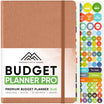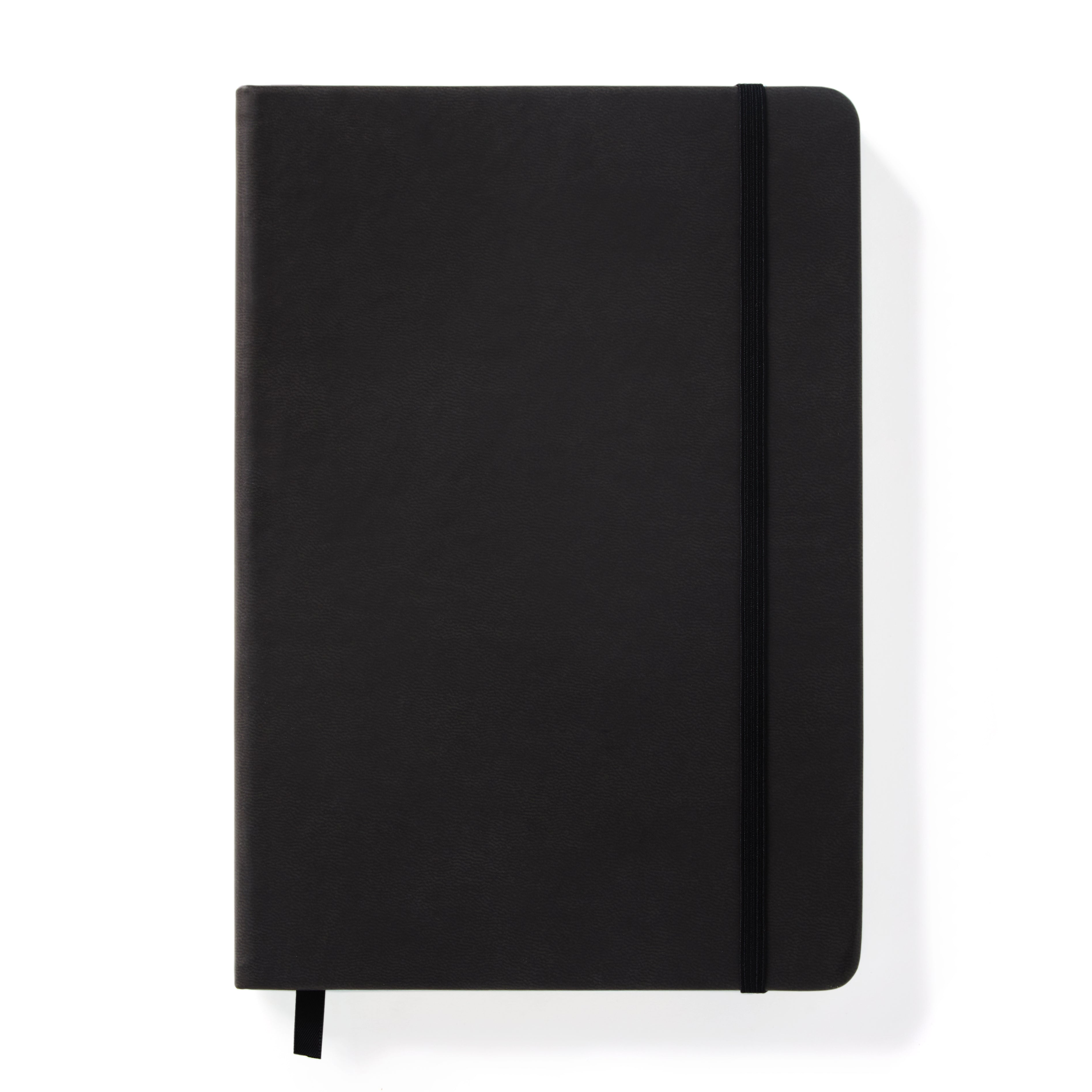Introduction
In today's fast-paced world, staying organized and maximizing productivity is crucial to achieving success. A daily productivity planner is a powerful tool that can help individuals and professionals alike manage their time effectively, prioritize tasks, and accomplish goals efficiently. In this comprehensive guide, we will explore the best practices and strategies to make the most out of a daily productivity planner. By implementing these techniques, you can significantly enhance your productivity and achieve maximum efficiency.
- Choose the Right Planner
The first step to using a daily productivity planner effectively is selecting the right one for your needs. There are various types of planners available in the market, each offering unique features and layouts. Consider your preferences and requirements when choosing a planner. Look for features like monthly and weekly spreads, goal-setting sections, habit trackers, and ample writing space. Opt for a planner that resonates with your style and provides the functionality you need to stay organized.
- Set Clear Goals and Priorities
Before diving into your daily tasks, it is essential to set clear goals and priorities. Take some time each day or at the beginning of the week to identify the key objectives you want to accomplish. Break down larger goals into smaller, manageable tasks. Assign deadlines to each task and prioritize them based on their importance and urgency. By having a clear roadmap, you can focus your efforts on the most crucial activities and avoid getting overwhelmed.
- Create a Daily Routine
Establishing a daily routine is a fundamental aspect of maximizing productivity. Allocate specific time blocks for different activities, such as checking emails, attending meetings, working on important projects, and taking breaks. By following a structured routine, you can eliminate decision fatigue and ensure that you dedicate sufficient time to each task. Remember to include regular breaks in your schedule to recharge and maintain mental clarity.
- Use Time Blocking Techniques
Time blocking is a highly effective method to manage your time efficiently. It involves assigning specific time slots to different tasks or activities throughout the day. This technique helps you stay focused and minimizes distractions. Allocate dedicated blocks of time for specific projects or types of work, and adhere to the allocated time frames strictly. Time blocking enables you to work with a sense of purpose and increases your productivity manifold.
- Practice Prioritization and Focus
Effective prioritization is crucial when working with a daily productivity planner. Evaluate your tasks and identify the most critical ones that align with your goals. Focus on completing these tasks first before moving on to less urgent or lower-priority items. Avoid multitasking as it can diminish your productivity and hinder your ability to concentrate fully. By focusing on one task at a time, you can give it your undivided attention and produce high-quality results.
- Track Your Progress
Monitoring your progress is essential to ensure that you stay on track and achieve your goals. Regularly review your daily planner and mark off completed tasks. This practice provides a sense of accomplishment and motivates you to keep moving forward. Additionally, tracking your progress allows you to identify any inefficiencies or areas that require improvement. It helps you make adjustments to your workflow and optimize your productivity further.
- Leverage Digital Tools
In the digital era, numerous productivity tools and applications are available to enhance your planning experience. Explore digital alternatives to traditional paper planners, such as productivity apps and software. These tools offer advanced features like task automation, reminders, synchronization across devices, and data analytics. Experiment with different tools to find the ones that complement your workflow and boost your productivity.
- Incorporate Self-Care and Relaxation
Maintaining a healthy work-life balance is crucial for long-term productivity. Remember to include self-care activities and relaxation time in your daily planner. Dedicate time for exercise, hobbies, spending quality time with loved ones, and rejuvenating activities that bring you joy. Taking care of your physical and mental well-being allows you to recharge and approach your work with renewed energy and focus.
Conclusion
Using a daily productivity planner is a powerful way to enhance your efficiency and accomplish more in less time. By selecting the right planner, setting clear goals, establishing a routine, and leveraging effective techniques like time blocking and prioritization, you can optimize your productivity levels. Remember to track your progress, incorporate digital tools where applicable, and prioritize self-care and relaxation. By implementing these strategies, you can harness the full potential of a daily productivity planner and achieve maximum efficiency in your personal and professional life.























Leave a comment
All comments are moderated before being published.
This site is protected by hCaptcha and the hCaptcha Privacy Policy and Terms of Service apply.